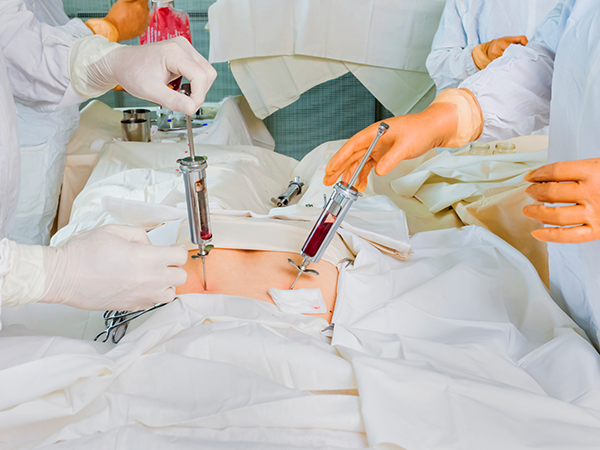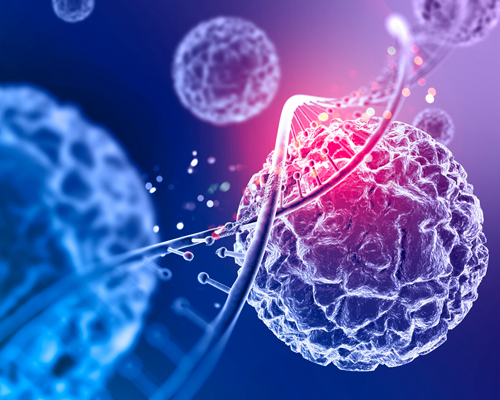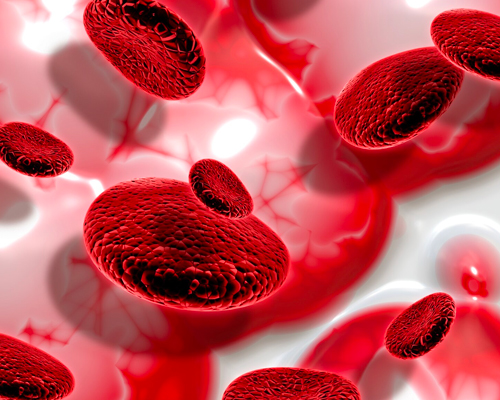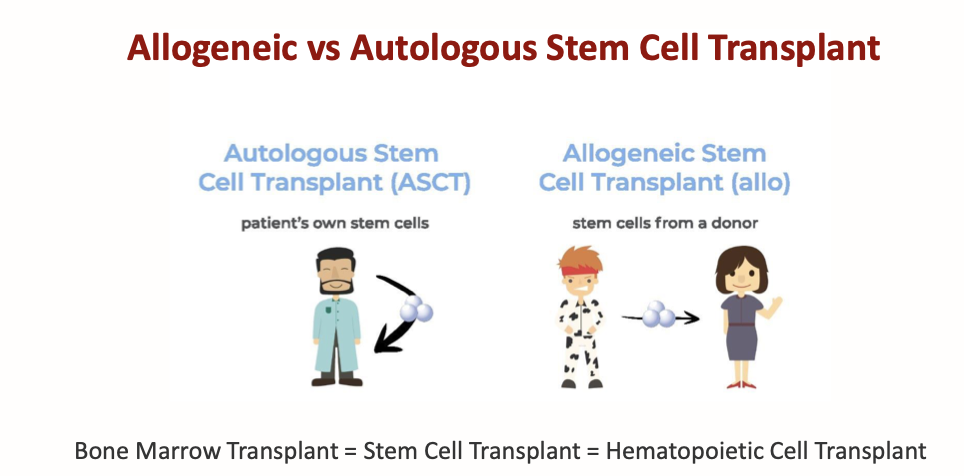Bone Marrow Transplant
A bone marrow transplant, also known as a stem cell transplant, is a medical procedure that introduces healthy blood-forming stem cells into your body. These stem cells replace the existing bone marrow, which is not producing a sufficient number of healthy blood cells. If the bone marrow ceases to function properly and fails to produce an adequate amount of healthy blood cells, a bone marrow transplant may be necessary.

Types of Bone Marrow Transplant
There are two main types of transplants: autologous and allogeneic.
Autologous Transplants
These transplants use the patient’s own stem cells, which are harvested before the patient undergoes high-dose chemotherapy or radiation therapy. After treatment, the stem cells are returned to the patient’s body to help the bone marrow recover and start producing new blood cells.
Allogeneic Transplants
These transplants use stem cells from a donor, who could be a family member, an unrelated donor, or umbilical cord blood. The donor’s tissue type needs to match the patient’s tissue type as closely as possible to reduce the risk of complications.
Diseases That May Benefit from a Bone Marrow Transplant
The following diseases are the ones that most commonly benefit from bone marrow transplant:
- Multiple myeloma
- Leukaemia
- Lymphomas
- Severe aplastic anaemia (bone marrow failure)
The Procedure
The process for a stem cell or bone marrow transplant comprises of several steps. First, stem cells are collected from the patient or a donor. Following this, the patient undergoes high-dose chemotherapy or radiation therapy to destroy the diseased stem cells. Finally, the healthy stem cells are infused into the patient’s bloodstream, where they travel to the bone marrow and initiate the production of new blood cells.
Risks of Bone Marrow Transplant
Bone marrow transplants are complicated procedures that come with significant risks. It is crucial to understand both the potential risks and benefits before beginning the treatment.
Potential complications that may arise during or after the transplant process may include:

Graft-Versus-Host Disease (GvHD)
This occurs in allogeneic transplants, in which the transplanted cells begin attacking other cells in the patient’s body.

Decreased Blood Cell Count
This can lead to issues such as iron deficiency anaemia, excessive bleeding or bruising, and a heightened susceptibility to infections.

Side Effects of Chemotherapy
These may include nausea, fatigue, hair loss, and infertility. Discussing these potential risks with your healthcare provider is important to make an informed decision about your treatment plan.

